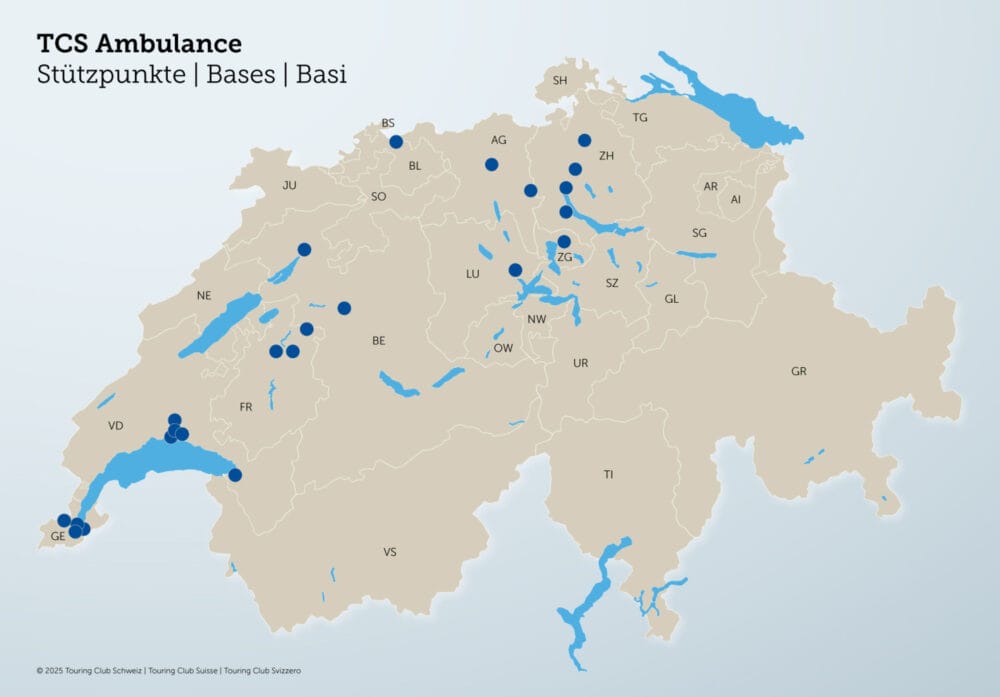Placental barrier - medication for the unborn child
An Empa team has succeeded in developing a new three-dimensional cell model of the human placental barrier. The "model organ" quickly and reliably provides new insights into the uptake of substances such as nanoparticles across the placental barrier and possible toxic effects on the unborn child.

The developing fetus is extremely vulnerable to toxic substances. Even the smallest doses can cause serious damage. Protecting the unborn child from this is one of the tasks of the placenta, a barrier that "filters out" toxins but at the same time supplies the fetus with the necessary nutrients. However, in recent years there has been increasing evidence that the placental barrier is not 100%-tight and that certain Nanoparticles can overcome the barrier.
Nanoparticles are finding their way into more and more areas of life. In sunscreen, they protect against SunburnThey ensure that seasoning does not clump together, make rain jackets waterproof, and in the future will transport medicines to the right place in the body. "Pregnant women are not yet exposed to problematic quantities of nanoparticles, but in the future this is quite conceivable due to the increasingly widespread use of the tiny particles," says Tina Bürki from the "Particles-Biology Interactions" department.
In order to ensure the safe development of Nanoparticles In order to enable the use of nanoparticles in a wide range of applications, the uptake mechanisms of nanoparticles at the placental barrier and their effects on the mother, placenta and fetus must be researched in more detail. For example, the size, charge, chemical composition and shape of nanoparticles could influence whether they are able to cross the placental barrier and the pathways they take. However, this research is currently still in its infancy. Because the function and structure of the human placenta is unique, studies on pregnant mammals are problematic and of little value. Previous models of the human placental barrier are either very time-consuming or highly simplified.
A 3D model of the human placental barrier
For such examinations, a donated placenta is often used, which is removed by cesarean section after the birth of the child. It is connected as quickly as possible to a perfusion system that supplies the tissue with nutrients and oxygen. Although this tissue model is the most accurate, i.e. the most clinically relevant model, it is also technically very demanding and limited to six to eight hours of perfusion time. Moreover, although a placenta can be used to test whether a certain nanoparticle crosses the placental barrier, the uptake path of the particles can hardly be investigated in this complex organ.
Text: EMPA









